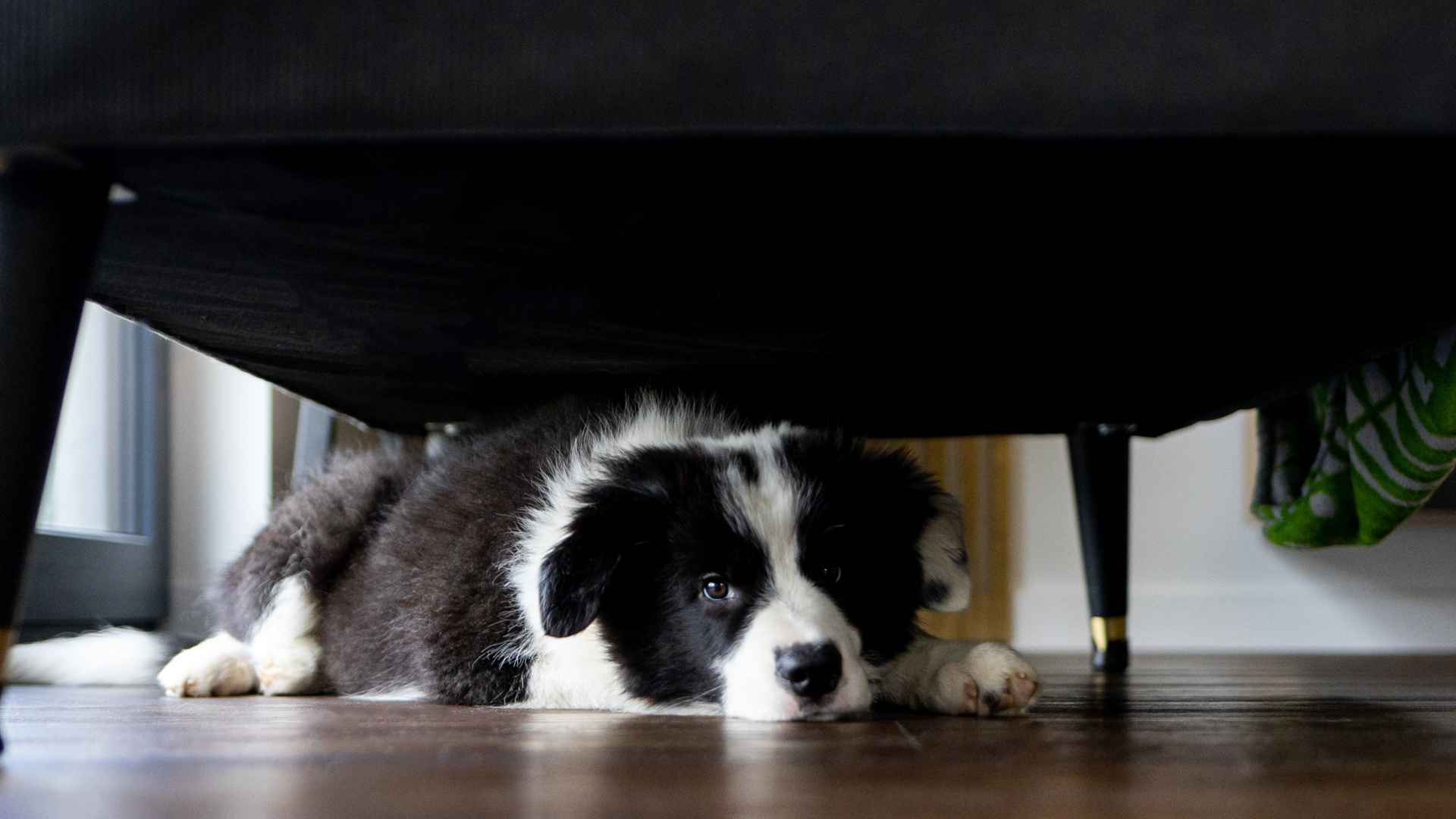Dogs don’t need expensive toys or elaborate training to be happy. Sometimes, they just want you to play. But not every game hits the same.
Some dogs go wild for fetch. Others get bored in seconds. And then some light up when you vanish behind a curtain or sneak into another room. Hide and seek isn’t just a game to them—it’s an emotional moment. They feel the suspense. They love the reward.
It’s not just about fun—it’s about connection. Watching their face light up when they “find” you is priceless. It’s like they’ve won a medal, and you’re the trophy. That moment creates a bond that no ball or bone can replace.
So if you’ve ever wondered why some dogs go full detective mode during play, you’re about to find out. Let’s explore the breeds that were born to chase you through the house, with love.
Dog Breeds That Enjoy Hide And Seek
1. Australian Shepherd
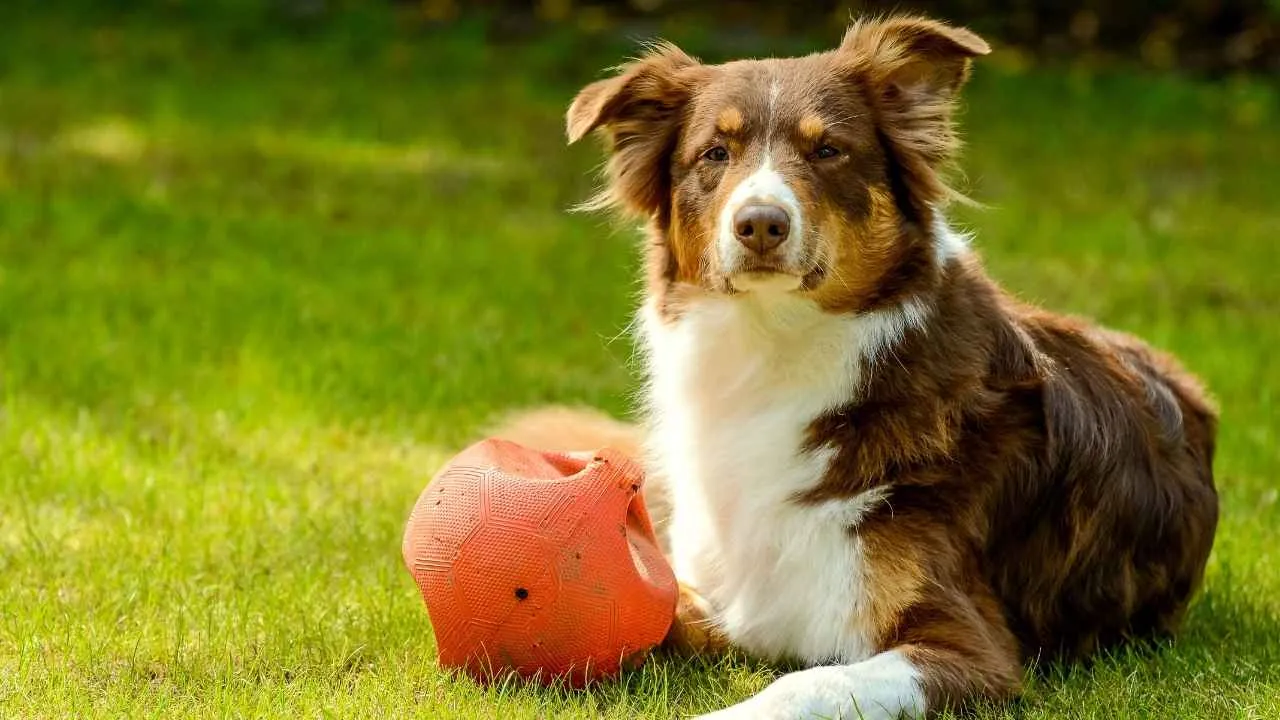
Australian Shepherds are, of course, energetic and are spatial thinkers. Their ability to remember locations and patterns helps them keep track of where people or toys vanish. That same memory power makes them surprisingly skilled at tracking someone down in a game of hide and seek.
Alert to Every Movement
Their eyes lock onto even the tiniest motion, and they’re quick to analyze changes in their environment. Whether it’s a slightly ajar door or a shifted curtain, they notice it. This level of awareness turns any hiding spot into a temporary puzzle waiting to be solved.
Driven by Purposeful Play
They don’t just chase for fun — they work through problems while doing it. Hide and seek becomes more than a game; it’s a task. They’ll even circle around or double back if they feel they’ve missed something along the way.
Social Yet Focused
When playing hide with kids or other animals, they stay focused without losing patience. It’s this balance between sociability and determination that keeps the game going. You’ll often find them returning to a spot they’ve already checked — just in case.
2. Cocker Spaniel
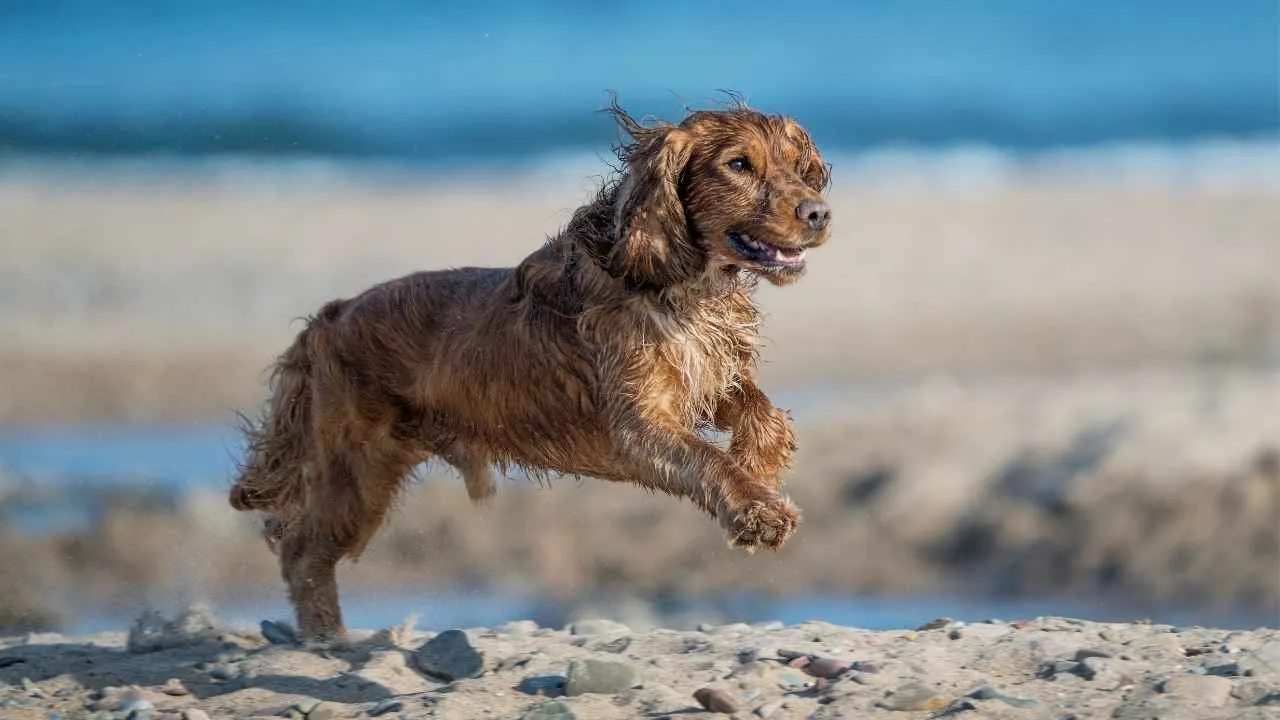
Cocker Spaniels react instantly to faint sounds like footsteps or creaking floors. Their strong startle reflex often turns into rapid investigation. In hide and seek, even the quietest movement becomes a signal to start tracking.
Emotional Closeness to Family
They tend to form intensely close bonds with one or two people in the household, as stated in Petplan. That emotional focus sharpens their attention during games — they’re not just looking; they’re looking for you. Their tail won’t stop wagging when they sense they’re near.
Nose-Led Search Style
While their vision is average, their nose leads the way in most activities. They often begin a room search by sniffing along lower corners or checking fabric-heavy areas. It’s this scent-driven pattern that gives them an edge in indoor hide and seek.
Patterned Behavior in Play
What stands out most is their memory for routes and reactions. They’ll repeat the same path two or three times if they think a hiding spot was missed. That consistency in behavior shows how methodical they become once they’re invested in the game with their favorite pets.
3. Siberian Husky

Siberian Huskies have an innate ability to follow scent trails across snow and uneven ground. This isn’t a learned trick — it’s part of their sled dog heritage. In a game setting, this translates to effortlessly tracing your path, even without visual cues.
Indifference to Distraction
Even in noisy or chaotic spaces, Huskies can zero in on movement or scent. Their independence doesn’t make them aloof — it makes them better solo players, as mentioned in PetMD. Once they’re on a mission to find someone, they won’t stop to entertain other distractions.
Habitual Path Examiners
They tend to retrace steps with intention, checking corners and furniture edges methodically. It’s the same instinct that drives them to patrol spaces they consider part of their territory. During hide and seek, this pattern-driven search makes them stubbornly thorough.
Visual Puzzle Solvers
They respond quickly to subtle environmental changes — a faint shadow shift or shoe mark can be enough. They don’t rely on commands or encouragement mid-game. Once the search begins, they operate like a dog with a silent checklist to follow.
4. Poodle
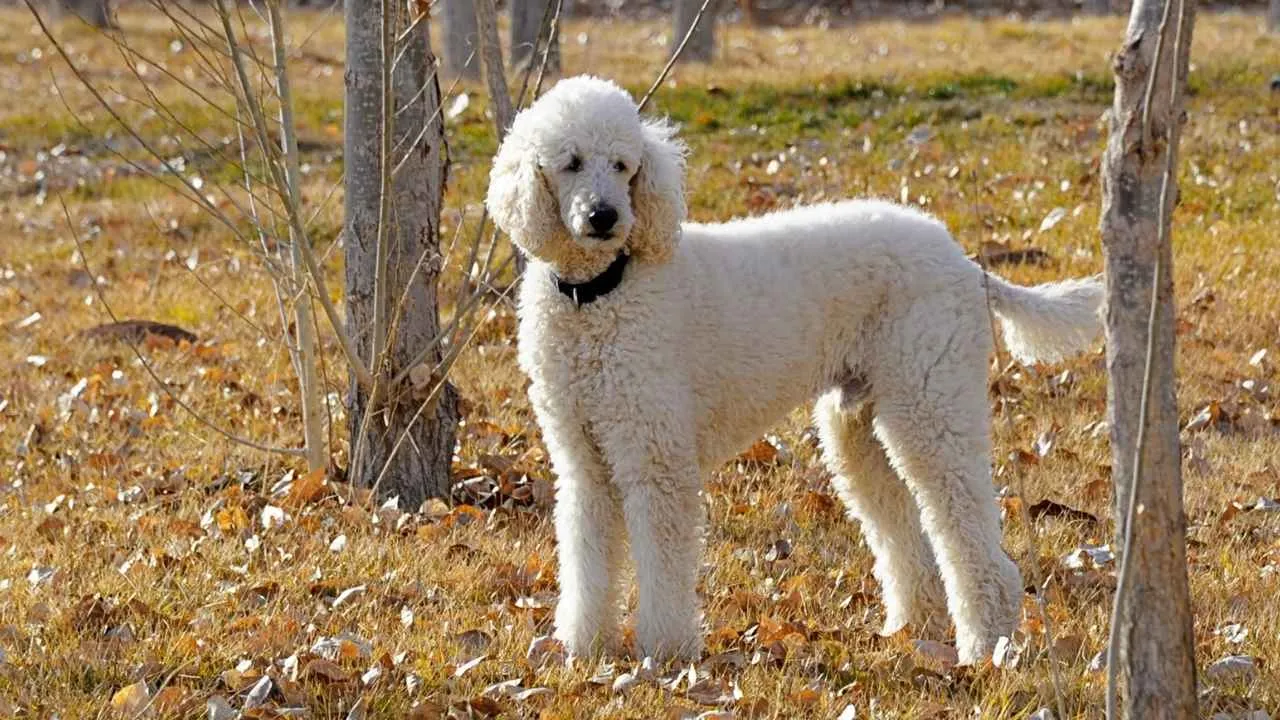
Poodles are deeply responsive to environmental cues, especially patterns in human behavior. They’ll track footsteps, pauses in movement, and even sound echoes to guess where someone may be hiding. Their cognitive sharpness is why they adapt so quickly in hide-and-seek situations.
Remarkable Object Memory
They tend to remember where things were — and when something’s out of place. If a chair is pulled out or a blanket is bunched oddly, they investigate. This sharp recall allows them to check non-obvious hiding places that other breeds would overlook.
Controlled Curiosity
They don’t rush; they scan. Poodles will often stop midway to reassess, tilting their head slightly while calculating their next move. Their search pattern feels intentional, almost methodical, which makes their play style more precise than chaotic.
Emotionally Tuned-In
They pick up on laughter, sudden silences, or whispered clues with surprising ease. During a game, they’ll key into subtle shifts in tone to locate people faster. It’s this emotional sensitivity that gives their hide-and-seek approach a personal edge.
5. Labrador Retriever
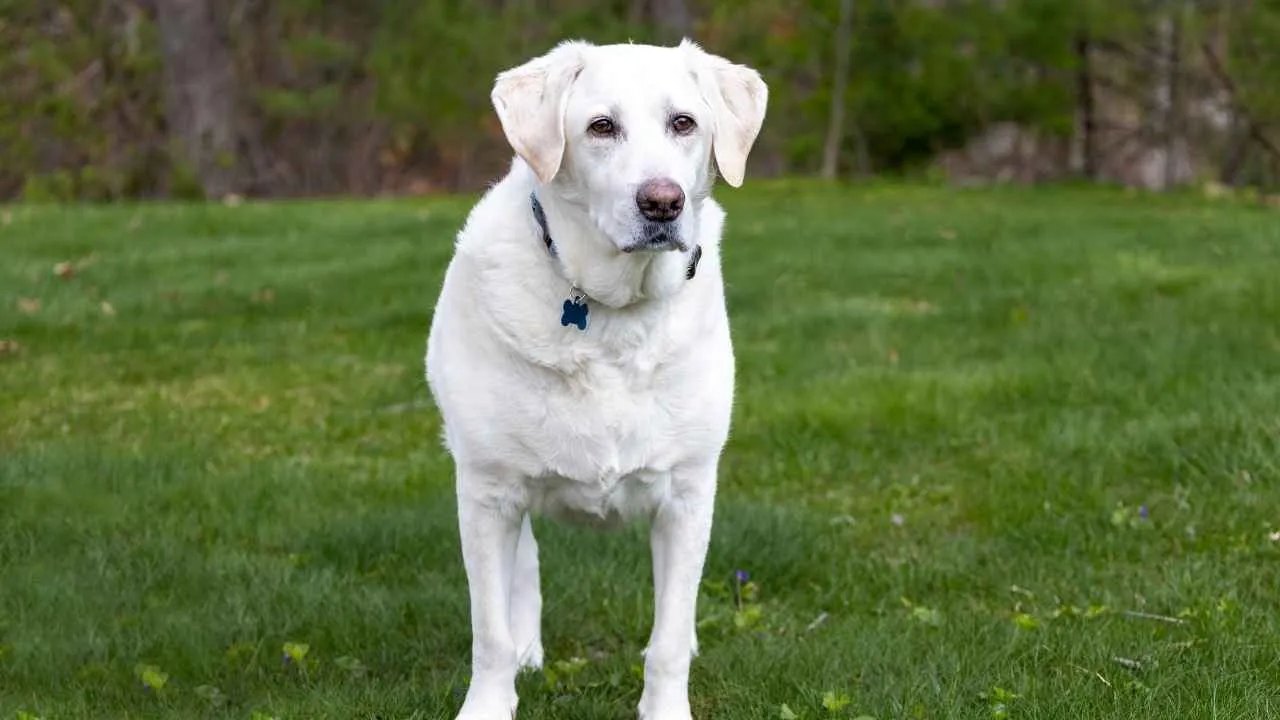
Labradors excel at sound association — they quickly learn to respond to faint shifts like creaking floors or distant giggles. This makes them rely less on sight and more on subtle audio cues. In hide and seek, they often pause and tilt their head, processing what they just heard.
Scent Lock Precision
Their noses don’t just detect — they track trails in sequence. A Labrador can identify individual scents left behind in different parts of a room and follow them in reverse. This ability gives them a methodical advantage during search-based play.
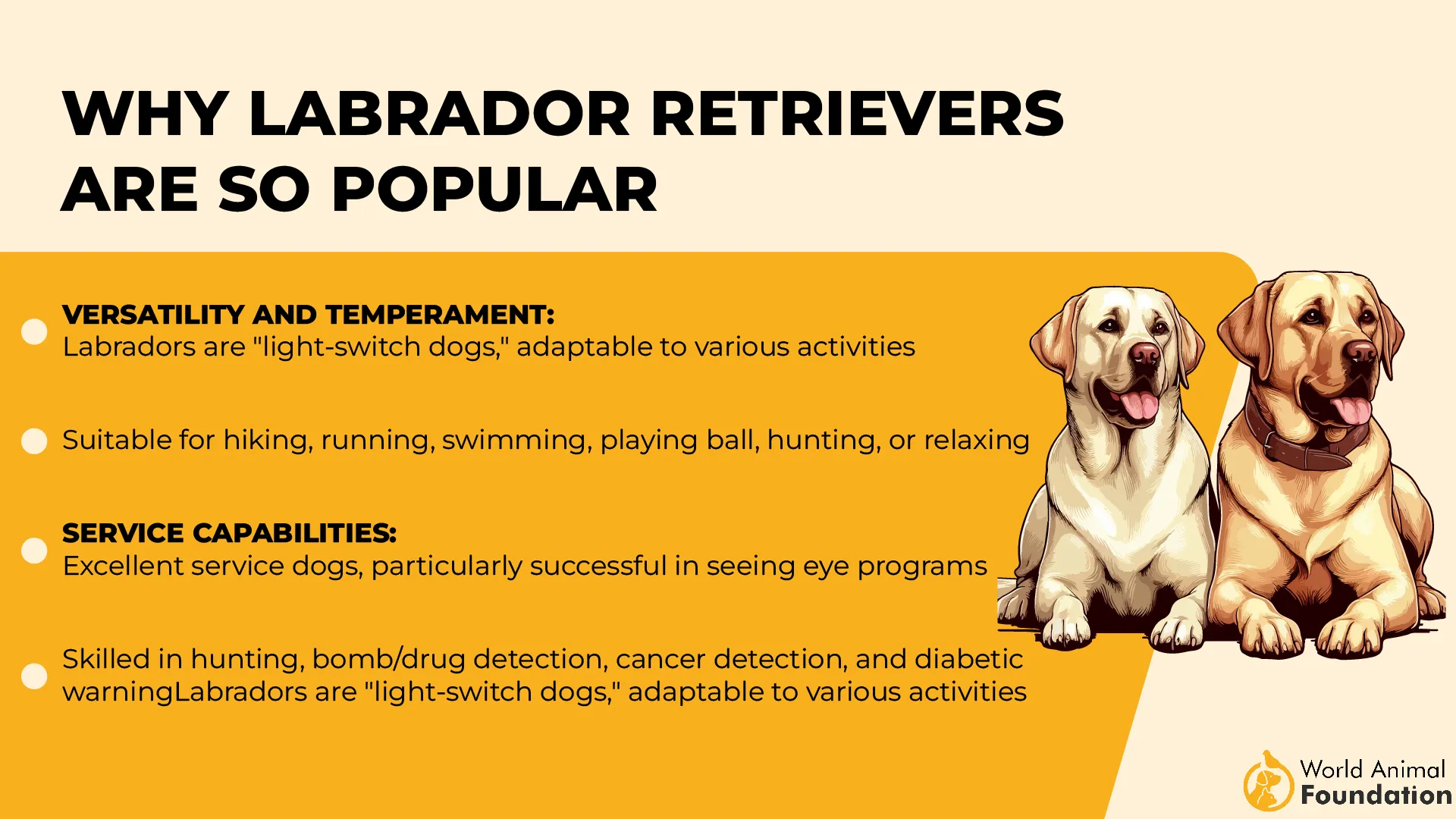
Reward-Oriented Recall
What makes them unusually persistent is their built-in drive for task completion, especially if there’s praise or a treat involved. Even if a hiding session stretches on, Labradors stay focused. They’ll revisit partially searched spaces without hesitation, just to be sure.
Controlled Energy Bursts
While often labeled playful, their energy in games like hide and seek is actually measured. They conserve movement, then surge forward when confident of a discovery. It’s less about chaos, more about confidence in their approach.
6. Shetland Sheepdog
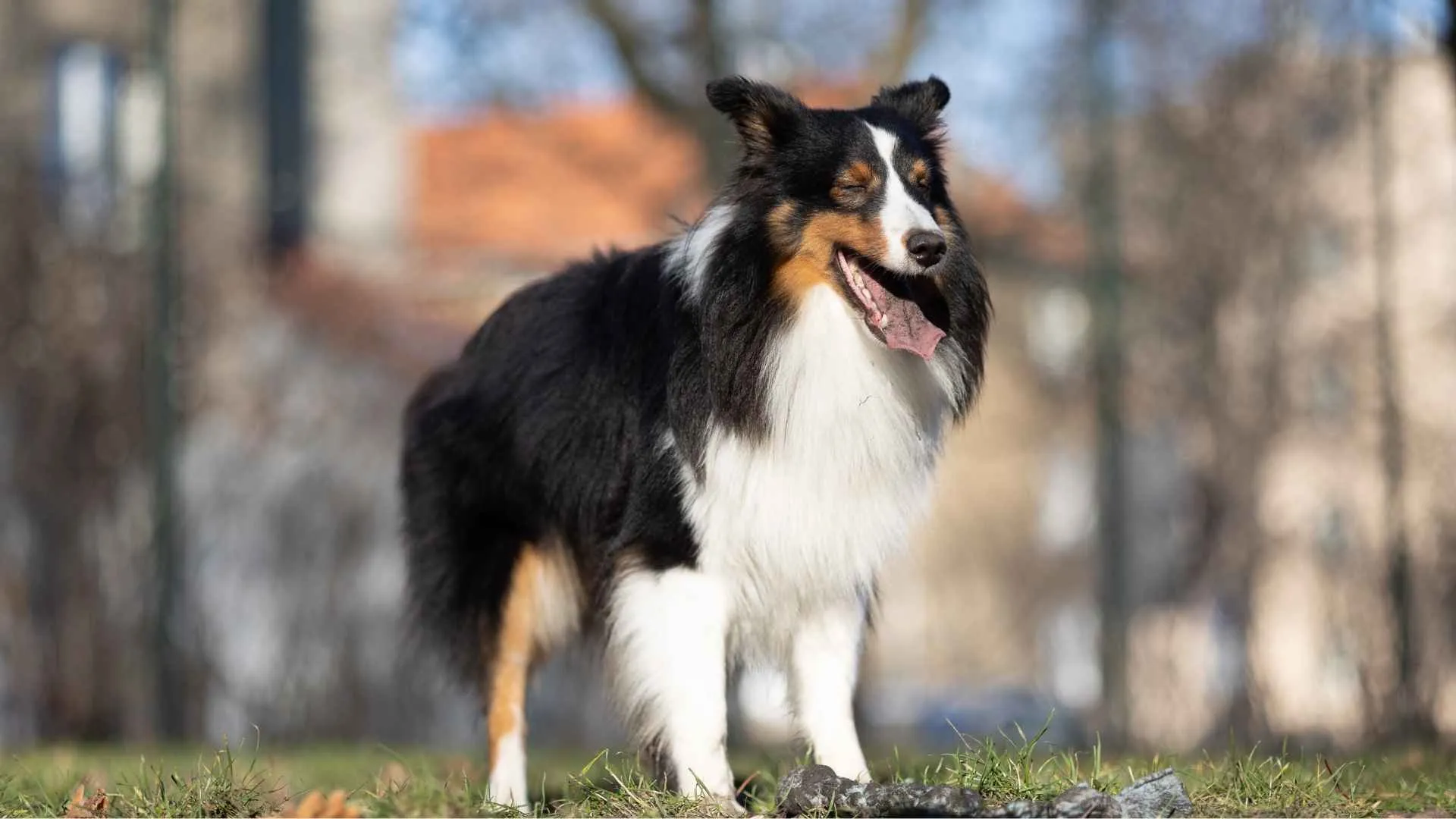
Shetland Sheepdogs rely heavily on sound cues when playing. A faint floor creak or muffled laugh is often all they need to start narrowing down your location. Their ability to pick up subtle audio shifts comes from their deep-rooted herding instincts.
Predictive Intelligence
They don’t search randomly — they predict. If someone runs left, they’ll check both ends of the hallway based on movement speed and layout. It’s not guessing; it’s strategy, shaped by generations of working with fast-moving herds.
Heightened Sensitivity to Patterns
These dogs quickly recognize your hiding routines. If you tend to favor closets or behind-the-door spots, they’ll remember. What’s interesting is they alter their search based on who’s hiding, showing a rare kind of individualized memory.
Quick Shifts in Focus
While scanning a room, they switch gears in seconds when something stands out. One flick of a curtain or uneven cushion and their search direction changes. This sharp ability to reprioritize makes them surprisingly fast at finding you.
7. Chihuahua
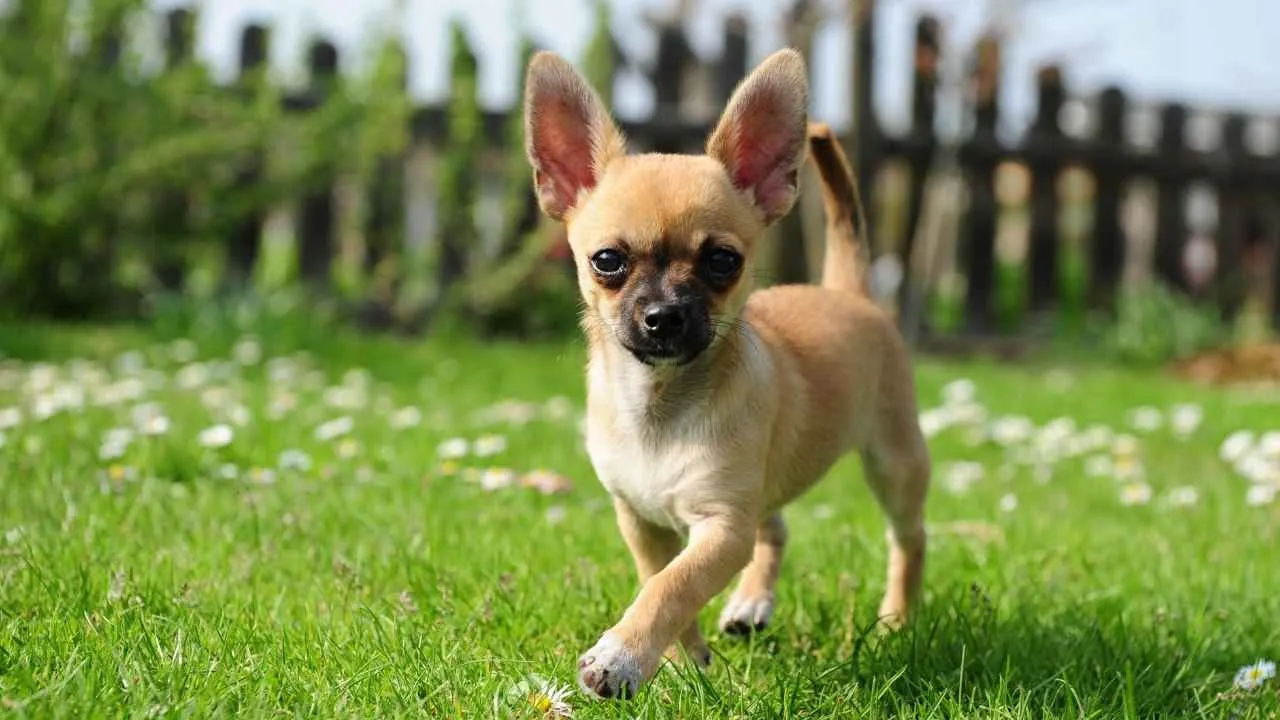
Chihuahuas instinctively burrow into blankets, baskets, or tucked-away corners — not for comfort alone, but out of a need to feel enclosed and secure. That tendency makes them masters at picking or creating small hiding zones. During play, they’ll often vanish into narrow gaps that most dogs wouldn’t even notice.
Hyper-Aware of Surroundings
This breed scans a room with its ears before its eyes. Subtle footsteps, fabric rustling, or even shifted air currents will set them on alert. They don’t rely on sight as much as micro-level environmental cues when searching.
Emotionally Driven Seekers
Chihuahuas are deeply bonded with their humans — their play is emotional, not just physical, as mentioned in PetMD. When someone disappears from view, it activates a drive to reconnect. That emotional urgency fuels their persistence in tracking someone down, even in more complex hiding situations.
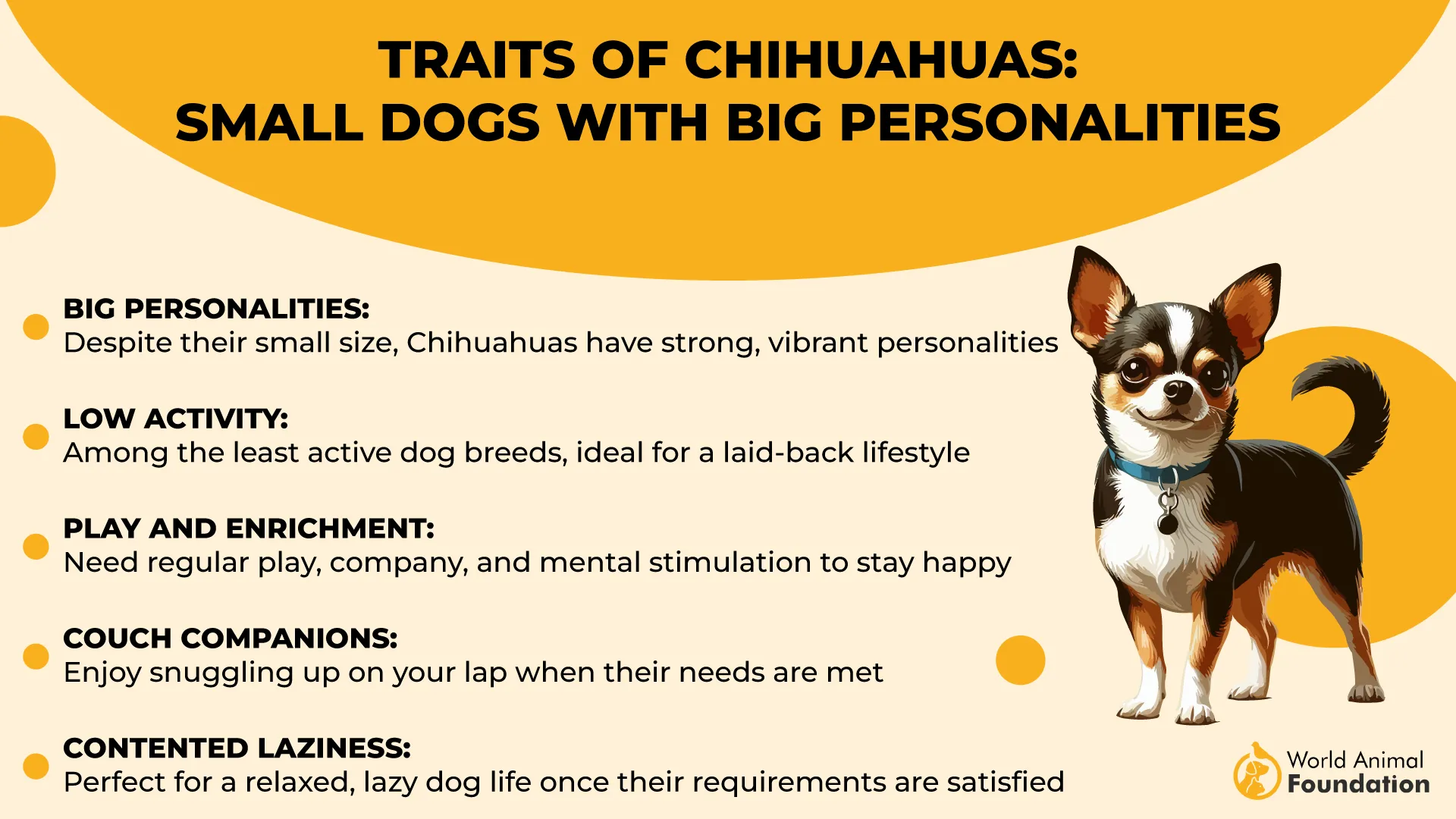
Strong Recall of Patterns
They remember routines with eerie precision — not just where you hid before, but how you got there. If you switch rooms or paths, they’ll pause, rethink, and retrace your likely route. Their compact size helps them slip between obstacles others wouldn’t even attempt.
8. Border Collie
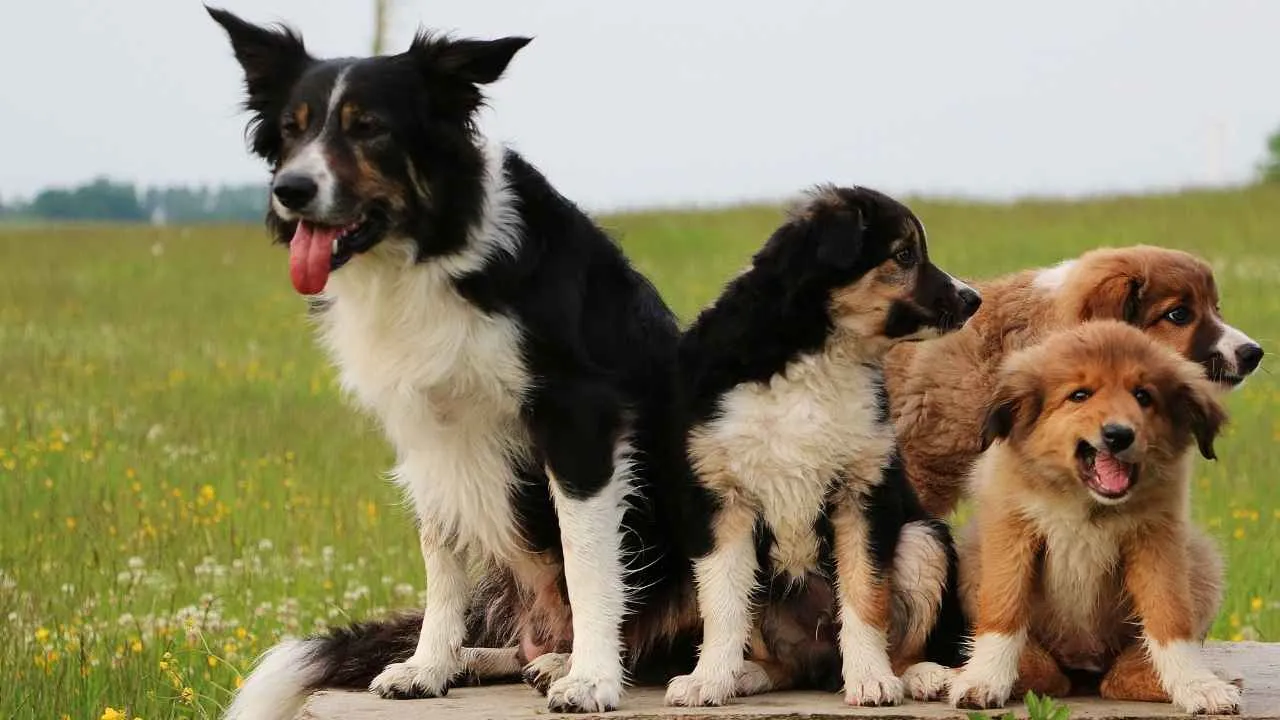
Border Collies rely on their uncanny ability to recognize movement trails and scent traces with precision. They don’t just look around — they process visual cues rapidly and anticipate the next step. That’s what gives them a head start in finding someone who’s hiding.
Builds Mental Blueprints
After just a few rounds of play, they begin creating a mental layout of their environment. Hallways, corners, behind-the-door gaps — they file it all away. This internal mapping allows them to check high-probability spots without wasting time.
Fixated on Completing the Task
If a door is half-closed or a room goes unchecked, they’ll go back to it without hesitation. They approach hide and seek like a mission, not a break in routine. It’s this type of intentional persistence that keeps their search effort sharp and focused.
Tracks With Visual and Scent Memory
Even hours after a game, they remember where each participant was last seen. They don’t just track people — they track movement patterns. That layered memory makes them hard to trick twice in the same hiding zone.
9. Beagle

Beagles lead with their nose, and that’s exactly what makes their hide-and-seek game different. They don’t rush into rooms but pause to sniff the air and scan for a scent trail. Even a light trace left on the floor or fabric is enough to lock in their direction.
Trackers With a Pause
Once they pick up a trail, they stop mid-run to reassess it — they don’t rely on sight alone. They often sniff corners, furniture bases, and even under low objects where scent tends to collect. You’ll see them hesitate, circle, then commit with accuracy.
Sound-Sensitive Hunters
Unexpectedly, their ears help guide their search — those long flaps trap scent near their face while they listen sharply. A creak in the floor or the shuffle of movement sends them straight toward the source. Even whispered laughs can blow your cover.
Built for Puzzling Out Paths
They love working through complex spaces, especially where the trail winds or disappears suddenly. Behind doors, tucked under blankets, or around blind corners — they check everything. Their persistence turns the game into a scent-driven mission they’re determined to win.
10. Jack Russell Terrier
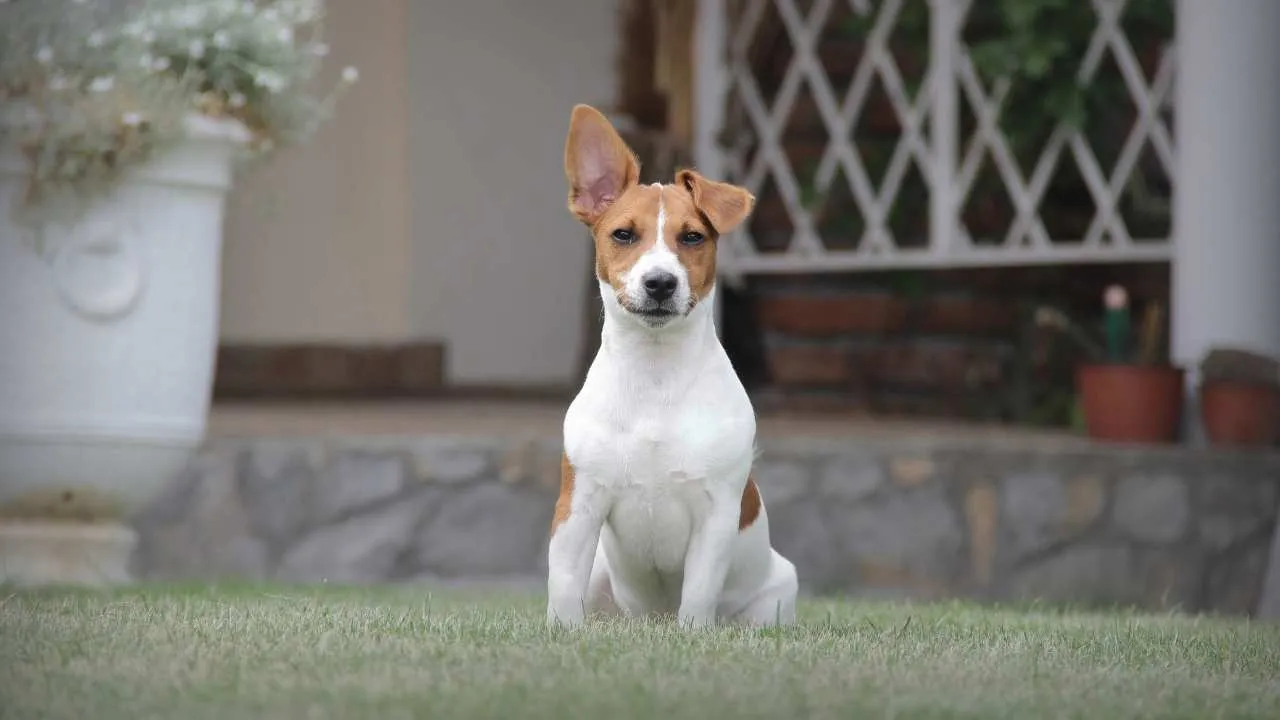
Jack Russells were bred to track and flush out foxes from underground dens. That instinct hasn’t faded — they scan areas methodically, often nose-to-ground, tail stiff, completely zoned in. If someone’s hiding, they don’t stop until they’ve checked every gap and corner.
Explosive Entry Energy
They don’t creep into a room; they burst in. Whether it’s under a bed or behind a couch, they dive headfirst into hiding spots. You’ll often hear them scraping or pawing as they try to squeeze themselves through tight spaces.
Memory for Movement
They remember where a person was last seen and follow trails back with purpose. If a curtain swayed or a foot slipped behind furniture, they’ll investigate it with intense curiosity. They don’t just look — they replay the moment in their head.
Fast-Paced Problem Solvers
Their quick-fire thinking turns the game into a rapid-fire challenge. They adjust tactics mid-game, switching from sniffing to scanning to full-body dives. They react to small sounds as if they were leads worth chasing down.
Conclusion
What starts as a simple game often becomes the best part of your dog’s day. For many of these breeds, hide and seek taps into something deeper—curiosity, purpose, and joy.
They use smell, sound, and memory in ways we barely notice, yet they never fail to find us with excitement. It’s not about the hiding spot. It’s about the connection.
Whether you’re playing after dinner or letting your children join in on the fun, this is a great game that teaches patience, builds bonds, and feels different every time.
Choosing the right breed isn’t about perfection—it’s about shared energy and love. The signs are always there: the alert ears, the wagging tail, the moment of discovery.
So when your pup comes charging in with that look of “gotcha,” just know they’re not chasing a person—they’re chasing happiness, and you’re the reason for it.


